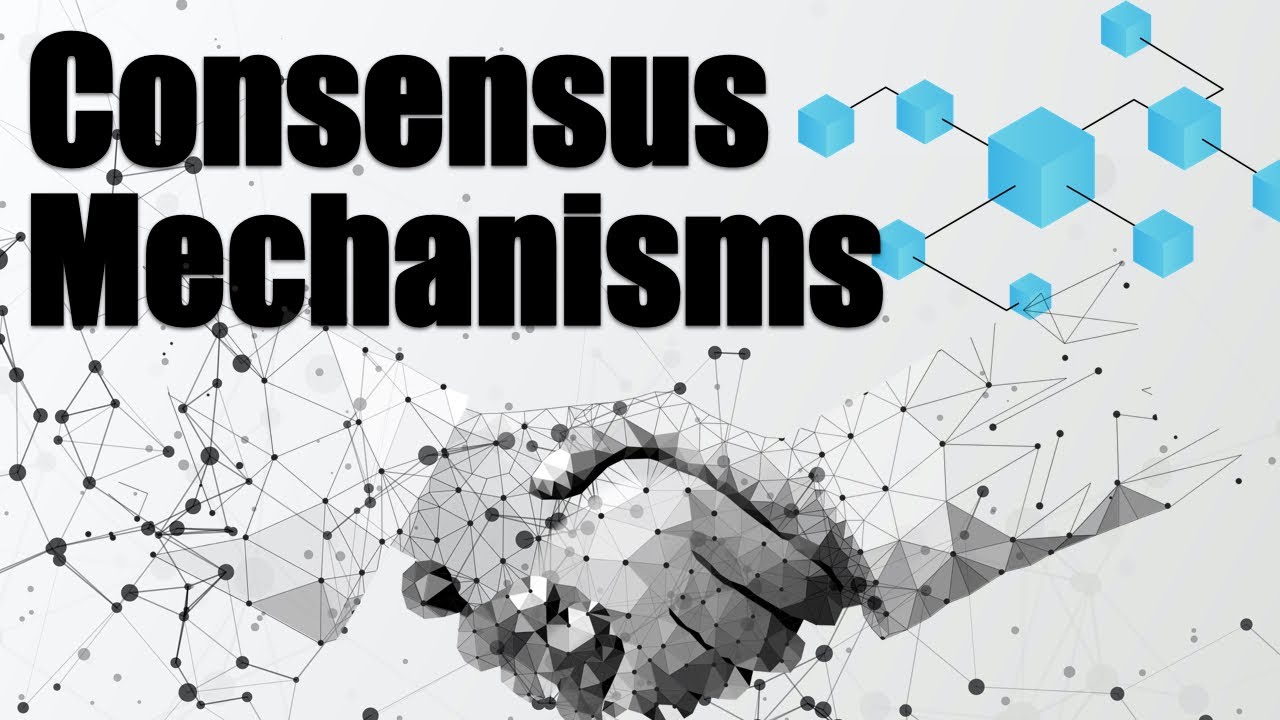Cryptocurrency and blockchain technology rely on consensus mechanisms to function and be trusted by users.
The blockchain is a distributed database that records data and allows users to exchange and store value in cryptocurrency. To coordinate and maintain such a decentralized system, the participants must agree on the correct condition of the system and who owns what at any time.
A consensus mechanism is a standardized way of how the blockchain’s nodes – the computers that run the blockchain and keep the records of all transactions – reliably reach this agreement.
Read more: What Is a Node?
Why consensus is important
The goal of a consensus mechanism in crypto is to prevent bad actors from deliberately cheating. The classic example of cheating in crypto is “double-spending.”
Suppose Anthony, the bad guy in this scenario, tries to cheat by transferring 10 tokens to Bethany and then trying to transfer the exact same 10 tokens to Chris. The challenge is ensuring everyone knows and agrees on who owns which tokens. With that agreement or consensus, Chris would know that Anthony no longer owns the tokens he proposes to send.
To “double-spend,” a bad actor would need to get the nodes to adopt a false history of the transactions, a narrative where the bad actor has not spent the tokens and given them to Bethany.
Consensus mechanisms solve the double-spending problem by making it expensive and difficult to propose a new block of validated transactions, discouraging bad actors from trying.
Simultaneously, the mechanisms incentivize the “good” nodes to propose blocks they genuinely believe will be accepted to receive valuable rewards. As long as there are more good than bad actors, Anthony cannot change the records on the blockchain to falsify his transaction with Bethany.
Types of Consensus Mechanisms
The huge number of crypto projects out there have explored various consensus mechanisms.
The two most widespread consensus mechanisms are:
- Proof-of-Work, which Bitcoin and Dogecoin, among others, use for their BTC and DOGE currencies
- Proof-of-Stake, which Cardano, Solana, and Avalanche, for example, use for ADA, SOL and AVAX, respectively
An underlying factor to the design of both is to make it extremely expensive to undermine the consensus mechanism in place. The difference between them is how they achieve it.
How consensus works
In the case of Proof-of-Work blockchains such as Bitcoin, consensus requires significant energy, hardware, and computing power to propose a new group of transactions – called a block – to the ledger.
The nodes that validate transactions and propose new blocks are called miners. Miners compete to generate a random number to unlock the next block on the chain. The quickest miner to reach that number adds the next block, and in exchange for the effort, it receives a block reward. The only way to win is to generate random numbers quickly (the “work” in the name) and get lucky. That is a contest of computing power, which requires hardware and electricity.
When it comes to Proof-of-Stake blockchains, the nodes – often referred to as validators – that verify transactions and propose new blocks are required to lock up a certain amount of value in the form of the blockchain’s native token – that’s their stake in the system. The more value a validator deposits, the bigger the chance they have to propose a new block and earn the block reward. If a validator commits an error, it has to pay a fee or can be excluded from the validation.
Read More: What Is Staking?
This article was originally published on May 16, 2022 at 3:57 p.m. CDT





